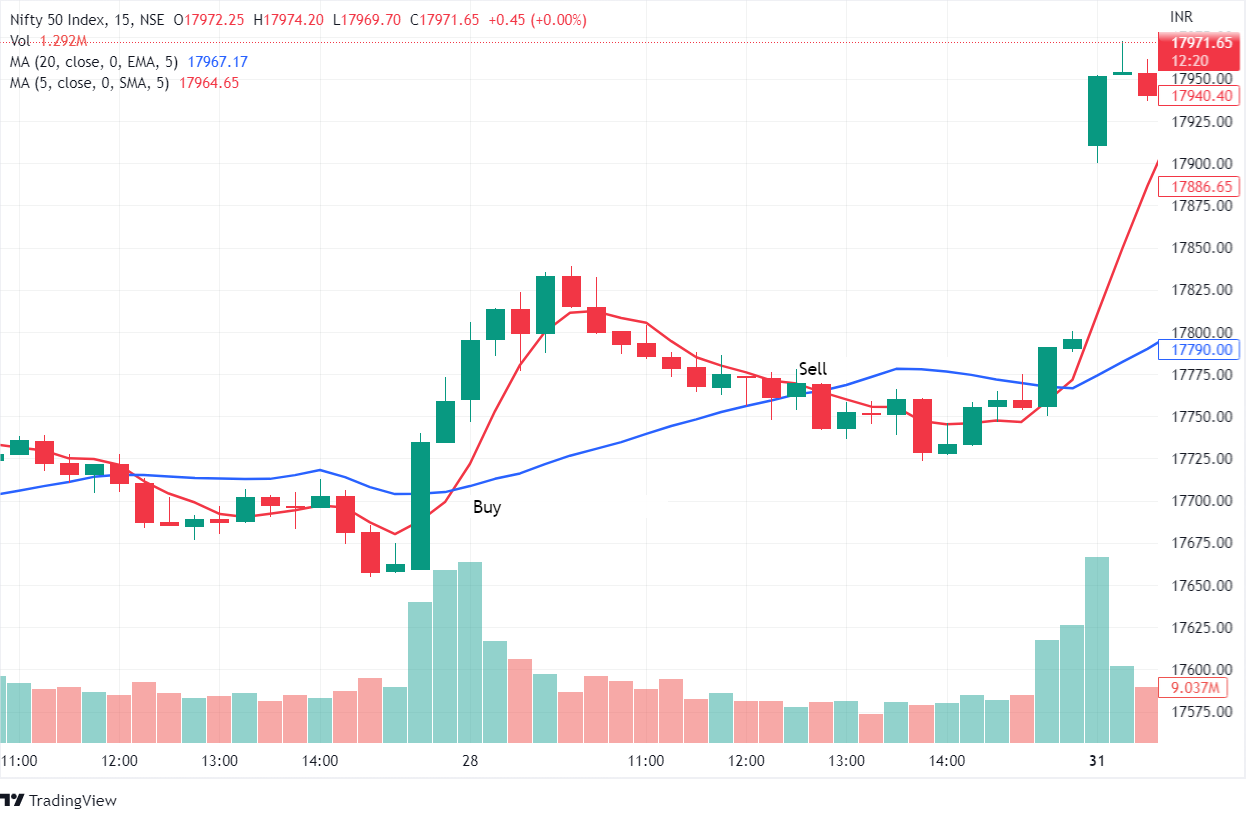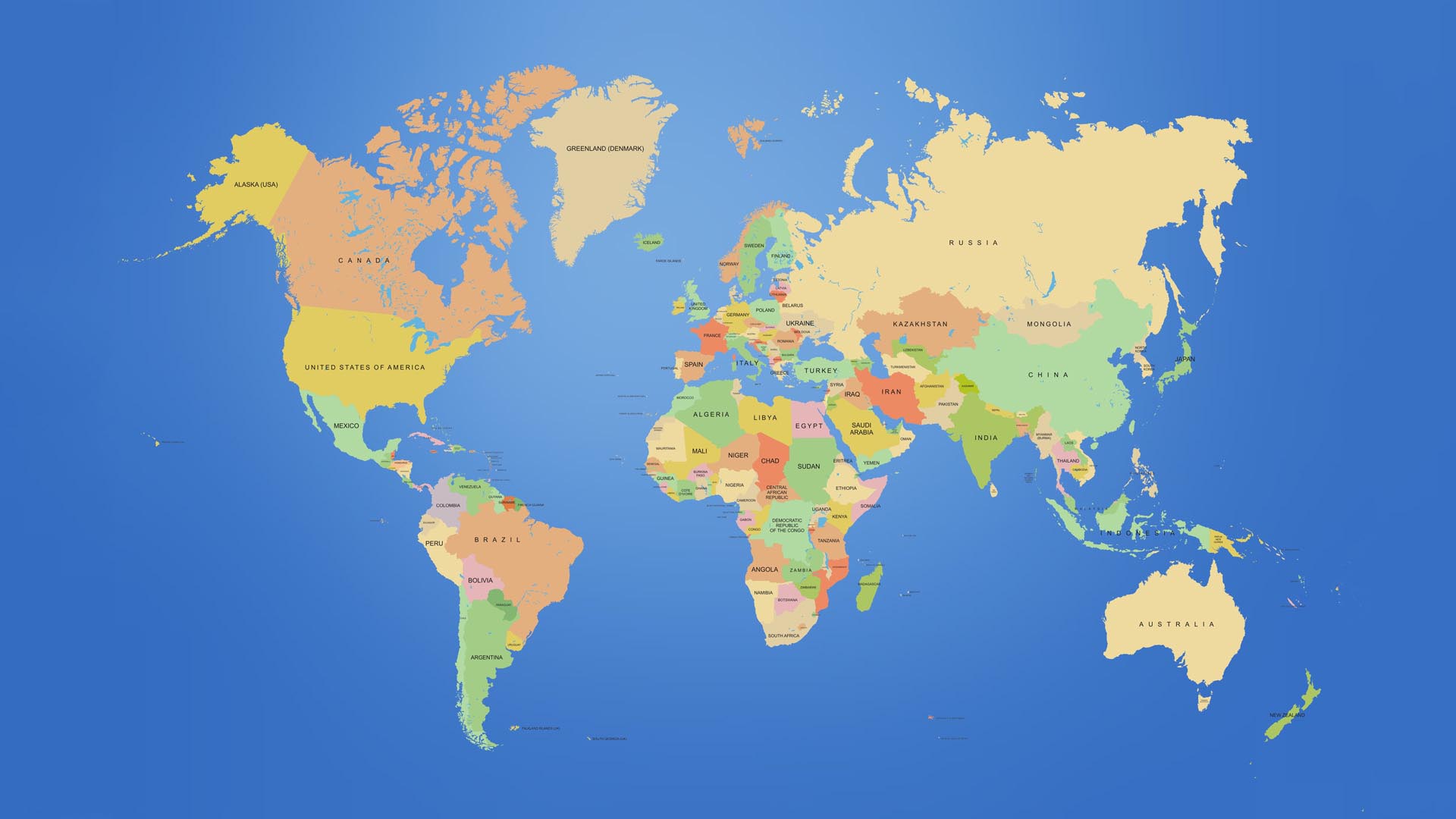One question that all new traders need to ask themselves before stepping into the forex market is “Am I ready to deal with the risk?”. We always think about the potential rewards while venturing into forex trading but the risk cannot be dismissed as risk management plays a key role in your success as a trader. Being a beginner, the risk is even bigger due to a lack of knowledge and inexperience. Hence, demo account practice is an important step that you should never skip during the learning period. Here, you get to know more about the technicalities of trading while playing it safe as you won’t be risking real money in the process.
But when you switch to a live account, you are exposed to market risk and risk management is vital for preserving your trading capital. In this guide, you will get to learn the key steps for managing the risk in forex trading.

1. Diversify your portfolio
We often hear about the importance of portfolio diversification while investing in any asset but you need to apply this technique in forex trading as well. Firstly, you should never use all your funds for forex trading alone as the currency market can be extremely volatile at times. The best approach for a beginner is starting small and then you can deposit more funds after you get some hands-on experience in trading. You should also try to trade with multiple currency pairs as focusing on just one pair limits your profit potential and increases the risk.
You can focus on one major pair in the initial phase of your trading journey, but you need to add more to the watch list after considering the correlation between different pairs. Another method for diversification is following two distinct strategies as you can rely on one strategy as a plan B if the first strategy fails to yield the expected results.
2. Find out the optimal trade size
One integral part of risk management is position sizing and the lot size you choose for a trade decides the amount of money that you are using for the trade. The trade size will be a key factor in determining your potential profits as well as the potential losses if you lose the trade. A big trade size increases your gains but it also increases the risk. There are 3 types of lots in forex: standard, mini and micro. Standard lot size is the most common and biggest but you can trade with mini or micro lots to reduce the risk.
You can even open a micro trading account and trade with the smallest lot size until you feel ready to place bigger trades on a standard trading account. You can also rely on trading calculators to get accurate info on the best position size for your trades as they tell you the optimal lot size based on your account balance and the percentage of trading capital that you want to risk for a trade. This will help you with risk management in the most efficient manner.
3. Trade with a set risk/reward ratio and limit the risk per trade
The risk per trade and risk/reward ratio needs to be decided while figuring out the position size as the amount of profits you can earn from the trade should justify the amount of risk you are taking for that trade. Taking a lot of risk for a small amount of profit does not make any sense and it would be better to not enter such trades. You should also keep the risk per trade to 2% of the account balance or less as anything above 2% will lead to a bigger account drawdown.
Your risk/reward ratio should be greater than 1:1 in any situation and preferably 1:2 or 1:3. When the potential reward is higher than the risk, you can minimise the impact of losses and maximise the gains with every trade that you win. When you are looking for trading opportunities, you need to confirm that it is in line with the risk/reward ratio and decide the ideal position size considering the risk.
4. Measure total exposure to risk
One thing you often forget about while trading is that you are being exposed to risk with every order that you place. When you are buying a currency pair, you are being exposed to risk and when you are selling the base currency later on, the risk exposure happens twice. Thus, you need to measure the total exposure to risk. Because if the value of the base currency drops before the sell order is placed, you will be selling it at a loss as you bought it at a higher price.
Hence, you should be ready to deal with the risk if the price fluctuation is not in your favour by measuring the total exposure to risk. If you are unable to control the risk exposure on your own, it would be better to depend on expert traders for making trading decisions. For this, you can invest in MAM/PAMM accounts that are managed by professional forex traders and you get to earn profits in a passive way.
5. Follow the trend
The simplest and safest strategy that you can follow for forex trading is moving in the same direction as the market by following the trend. If you see an uptrend while analysing the charts, you should open a buy position to make profits from the price rise and if there is a downtrend, shorting will be the best approach. When you follow a strong trend, the risk of loss can be minimised and you should be using technical indicators to confirm the trend before placing a trade. You should also try to enter a trend in the beginning itself as that way, you get the benefit of a favourable opening price.
6. Be careful with leverage
There is no doubt in the fact that leverage helps us to grow our accounts by maximising the gains even with a smaller amount of capital. When we use leverage, the trade size becomes bigger and thus the potential profits are higher. But the losses will be just as high when our calculations go wrong and one has to be careful with the amount of leverage they use for a trade. You should always calculate the margin requirement when you are trading with leverage, or else a margin shortfall can happen and trigger a margin call.
7. Always trade with a Stop Loss
The last but most important step in risk management is placing a stop-loss order to keep the potential loss within the limit. Losses are unavoidable at times, but you can always control them by setting a stop loss. But the placement of stop loss should be done properly as many traders place their SL too close to the entry price and this can lead to early exits when there is a brief pullback happening.
Summary
So, these are the 7 steps that you need to follow for managing the risk in forex trading. Once you assess the amount of risk that you can tolerate as a trader, managing it will become easier and this is essential for a rewarding trading experience.







